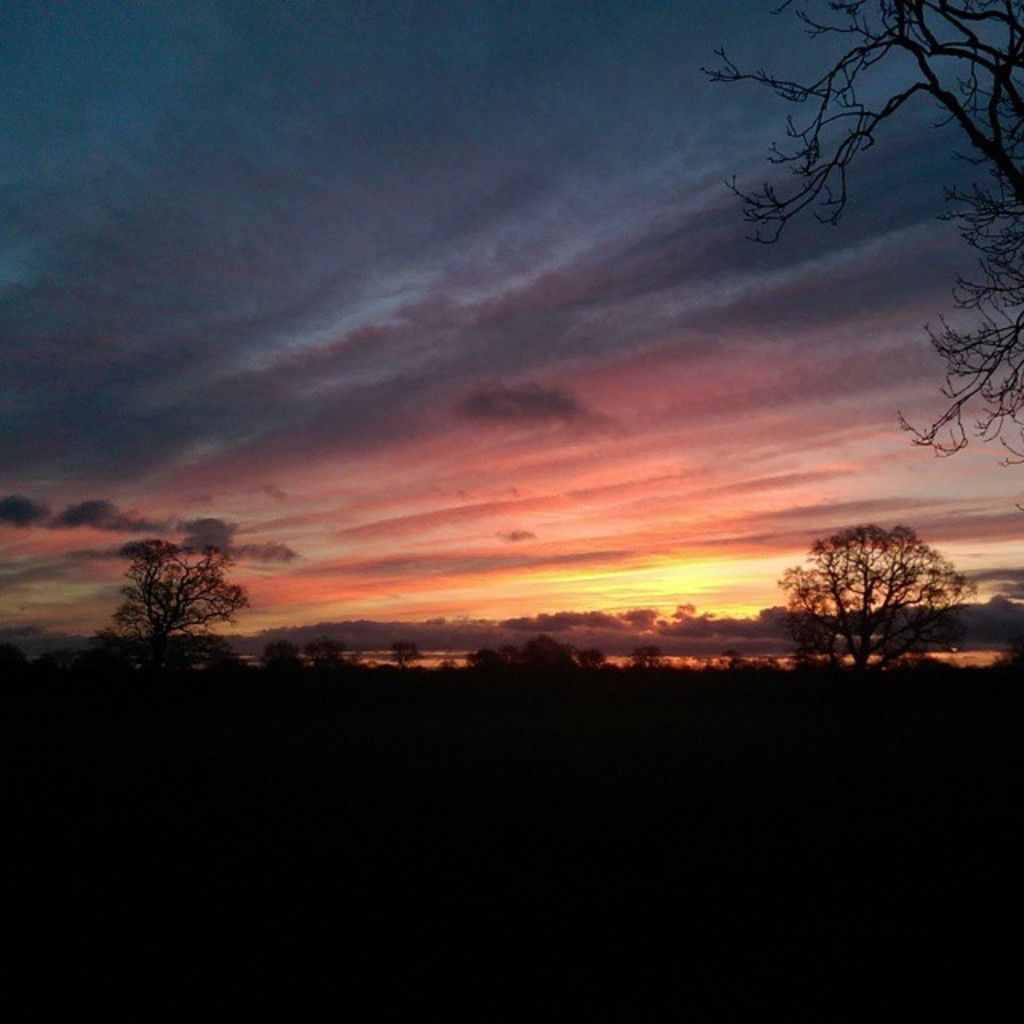Urban LED Lighting: Prolonging Plant Growth Times in Cities
Urban Vegetation Bloom Timing and Duration: Reason behind City Plants Sprouting Earlier and Lasting Longer
Street lamps and brightly-lit urban landscapes not only keep cities illuminated at night but also influence the growth patterns of plants. Researchers from Vanderbilt University in Nashville, USA, have discovered that artificial urban lighting can delay the end of autumn growth by about eleven days and cause the growing season to start around 12.5 days earlier than in rural areas.
The team assessed data from 428 cities in the Northern Hemisphere over a six-year period. They wanted to understand the role of artificial light and increased heat radiation from concrete, stones, and other materials in flowering, growth, and the timing of leaf shedding.
Early Season Start in Europe
Many cities where the difference in growth periods at the beginning of the season exceeds ten days are in Southeast Asia, North America, and the northwest coast of Europe. Cities with a considerable gap at the end of the growing season are mainly located in South Asia, Europe, or western North America. Interestingly, the scientists found that the season starts earliest in European cities, followed by Asian ones, and North American cities exhibiting the most brightness.
Artificial Light Extends Growth Time
The research team calculated the effects of temperature and light on plant growth periods. They discovered that temperature and light contribute almost equally to earlier flowering in spring, but in autumn, it's almost entirely artificial light that delays leaf shedding and senescence.
However, not every city with high temperatures exhibits a longer growing season. In some cases, temperature increases can lead to water scarcity, which might offset the effects of increased light exposure and cause accidental leaf aging and advancements in autumn.
Impact of LED Lighting
The study suggests that the switch to cool-toned LED lighting with its pronounced blue light emissions could alter the influence of artificial light on plant growth patterns significantly. While the impact of LED lighting on growing seasons might not differ much from other types of artificial light, the researchers have barely explored this issue in-depth.
Comparing Traditional and LED Lighting
Traditional lamps, such as high-pressure sodium lamps, have a notable impact on plant growth but are generally less efficient than LEDs. However, studies directly comparing the effects of traditional and LED lighting are limited.
Implications for European Cities
Urban LED lighting and other forms of artificial light lead to an extended growing season in European cities, causing:
- Earlier Spring: On average, city centers bloom around 12.6 days earlier than plants in rural environments.
- Later Autumn: Leaf shedding begins in cities about 11.2 days later than in rural areas.
This shift in plant phenology can impact local ecosystems, biodiversity, and carbon cycles, as artificial illumination alters the natural daylight patterns to which plants typically respond.
Researchers have also found that urban LED lighting can negatively affect soil microorganisms, disrupting their activity patterns and circadian rhythms, which may affect nutrient cycling and decomposition processes.
Some researchers are investigating the use of plants as eco-friendly lighting alternatives, such as MIT’s nanoparticle-infused plants. While these innovations do not directly address the impact of urban lighting on plant growth patterns, they offer an interesting avenue for future research and sustainability initiatives.
In conclusion, urban LED lighting, much like other forms of artificial light, significantly lengthens the growing season of plants in cities. While studies comparing LED and traditional lighting are limited, urban ecosystems will likely be influenced by the extended periods of artificial illumination.
- In their research, the scientists found that environmental factors, such as artificial urban lighting, have a notable impact on the health-and-wellness of plants, altering their growth patterns and causing more extended growing seasons in cities.
- The shift in plant phenology due to urban LED lighting and other forms of artificial light can have various implications on local ecosystems and environmental-science, including altering natural daylight patterns, impacting biodiversity, and potentially disrupting soil microorganisms' activity patterns.
- As the use of cool-toned LED lighting with pronounced blue light emissions becomes more widespread, it may further influence the science of climate-change due to the significant impact it has on the growth times of plants, particularly in urban settings, such as European cities where the season starts the earliest.




